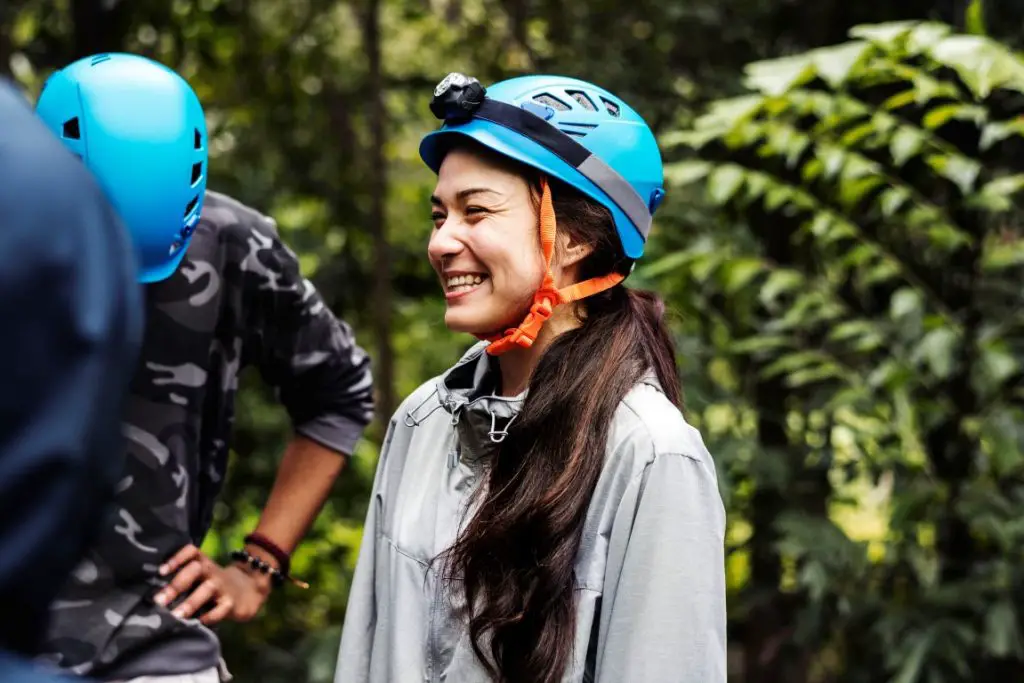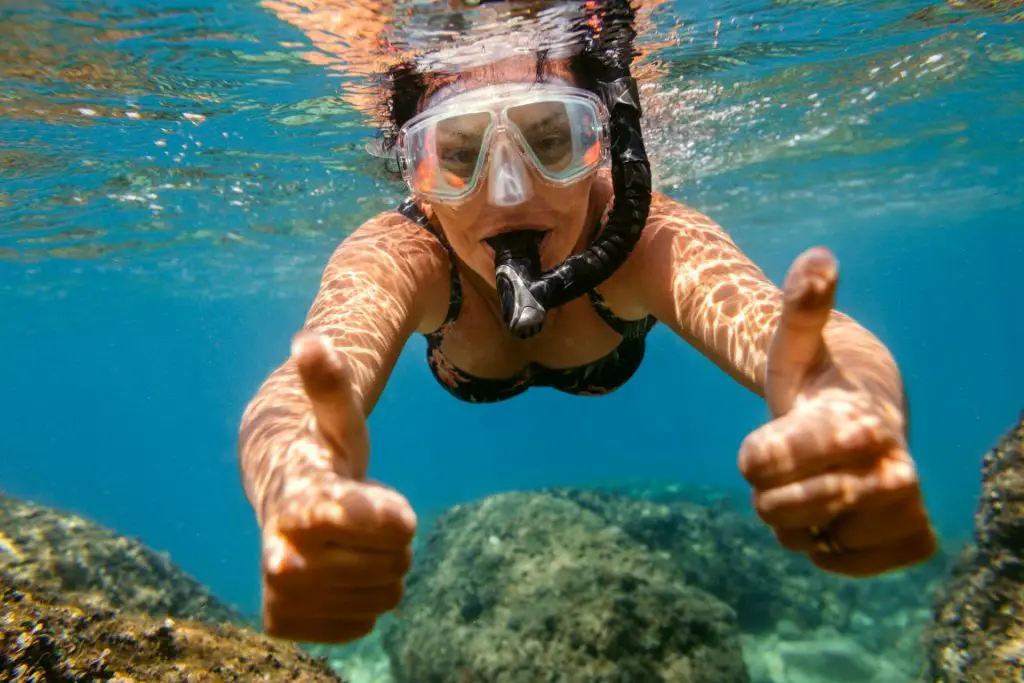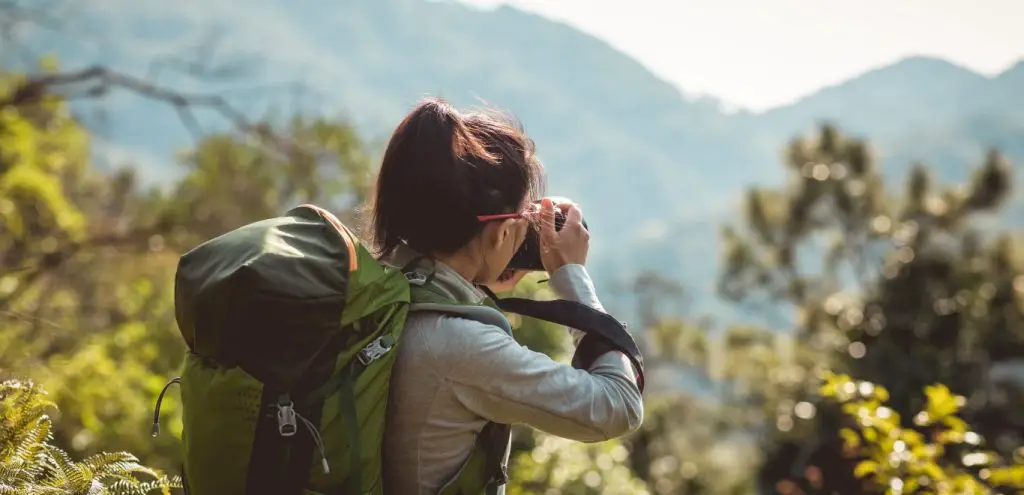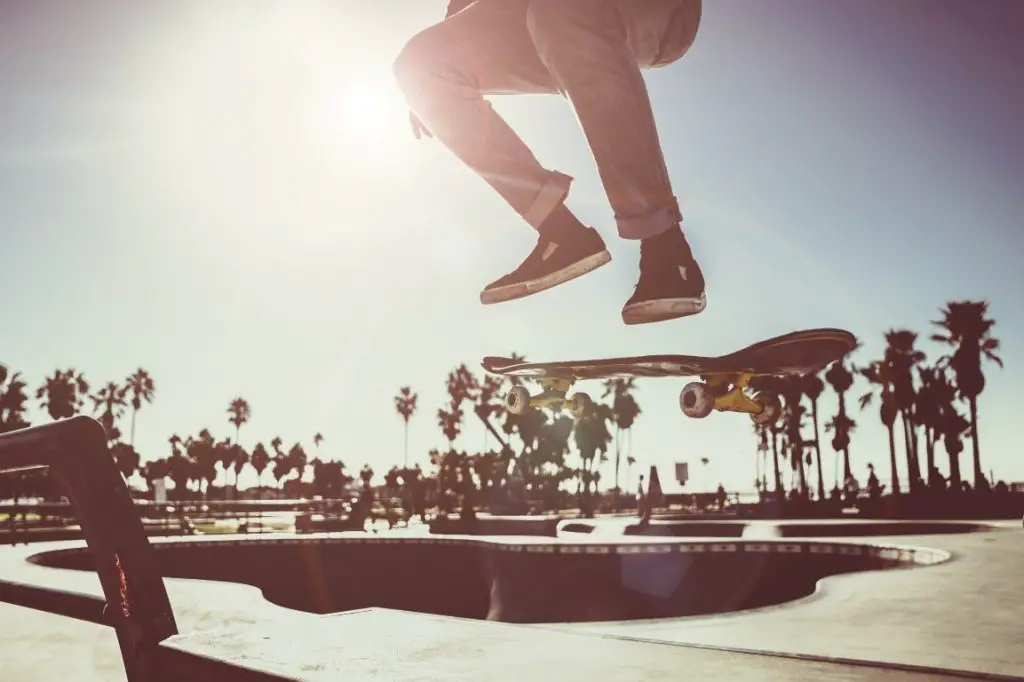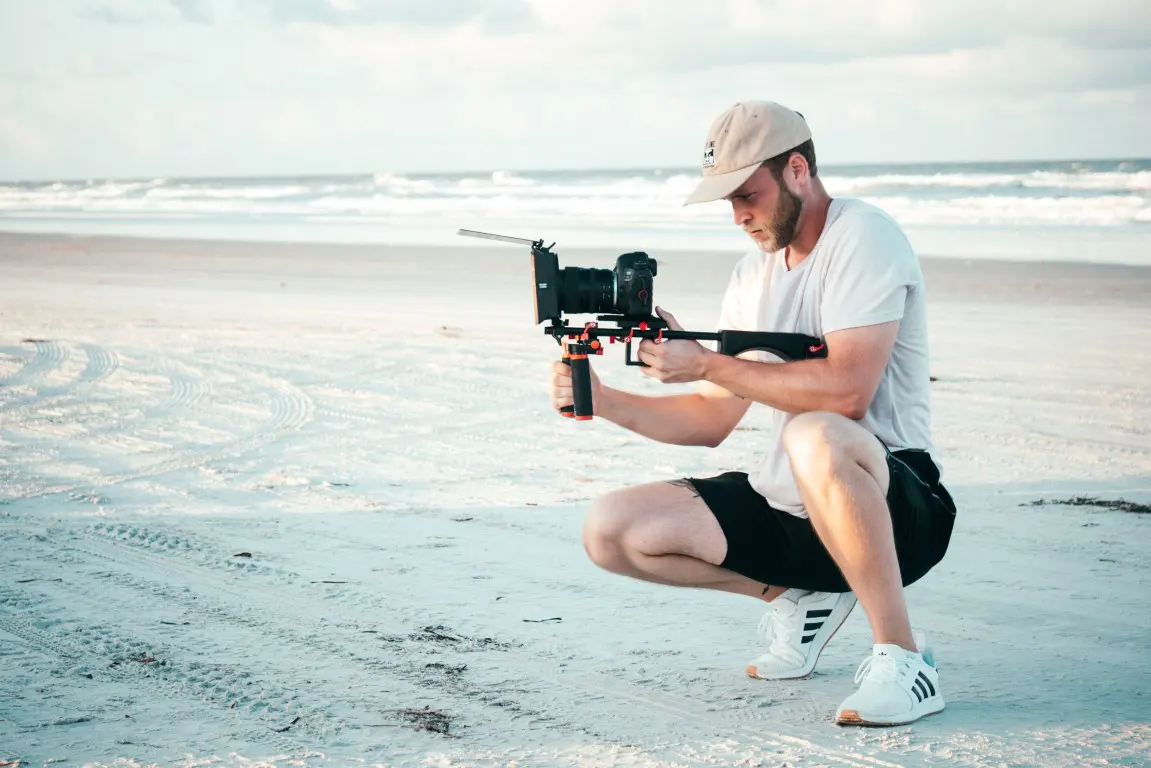
Choosing the right camera settings for surf photography can make all the difference in capturing breathtaking shots of surfers in action.
Different surf conditions, lighting, and fast-moving subjects require specific settings to freeze motion, create a sense of motion, or capture the perfect moment.
In this guide, I’ll dive into the best camera settings for surf photography, along with pro tips and techniques to help you produce images that truly stand out.
What Shutter Speed for Surf Photography?
The first thing you need to know about good surf photography camera settings is your shutter speed.
Because correct shutter speed can freeze the motion of waves and surfers or create a sense of motion in the shot.
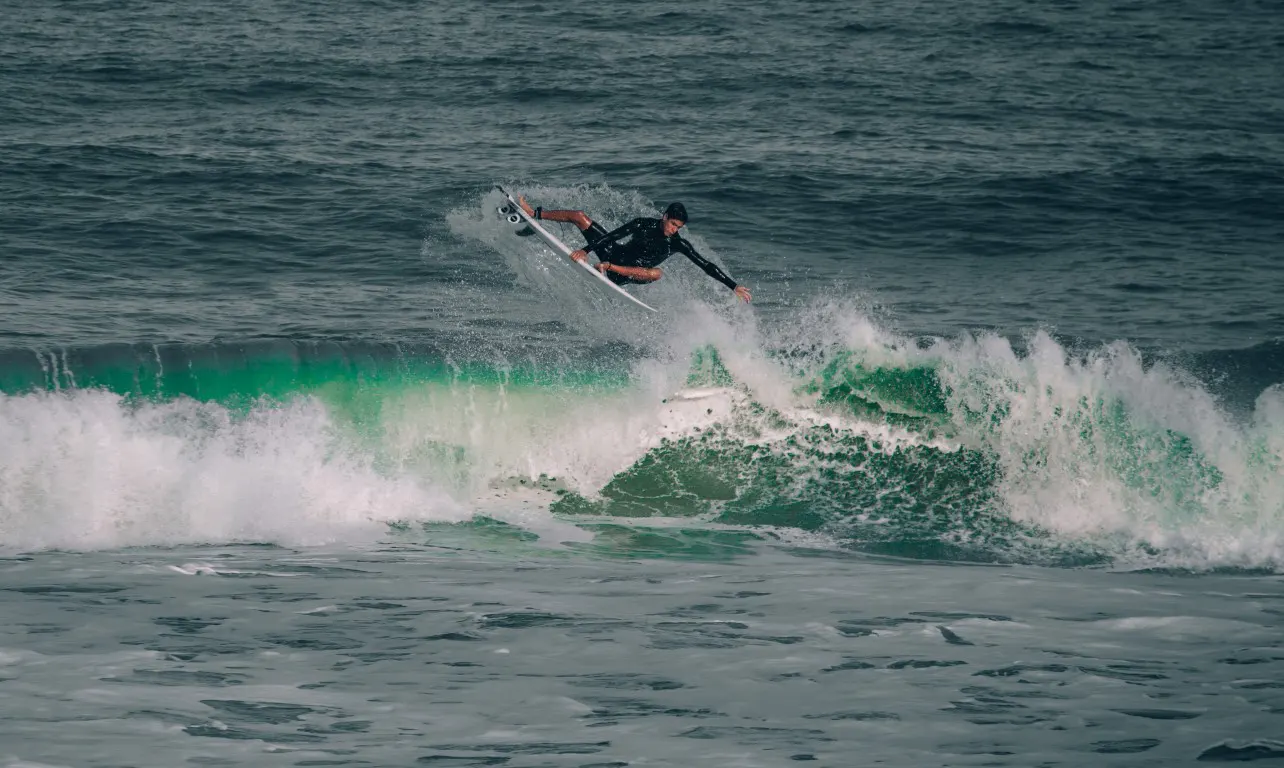
So, how to determine the most suitable shutter speed? Well, I’ll tell you.
· How to Determine the Right Shutter Speed for Different Surf Conditions
You can start by observing the waves and the surfers.
Consider the speed of the waves, the distance from the surfer, and the direction of movement.
If the surfer is moving perpendicular to the camera, a faster shutter speed may be required to freeze the motion.
Besides, if the surfer is moving towards or away from the camera, a slower shutter speed may be sufficient.
I always recommend more practice and experimentation. It will help you find the right shutter speed for different surf conditions.
· How to Freeze Motion and Create a Sense of Motion with Different Shutter Speeds
As a general rule, a faster shutter speed (1/1000th of a second or higher) is ideal for capturing fast-moving subjects and freezing action.
This will capture the action in sharp detail and freeze the motion of the waves and surfers.
For creating a sense of motion, a slower shutter speed (1/60th of a second or lower) can produce a blur effect that conveys movement and energy.
Besides, do experiments with different shutter speeds to find the right balance between freezing the action and creating a sense of motion in your surf photography.
What Focus Mode is Best for Surf Photography?
Choosing the right focus mode is important when it comes to the best surf photography settings and achieving sharp focus in surf photography.
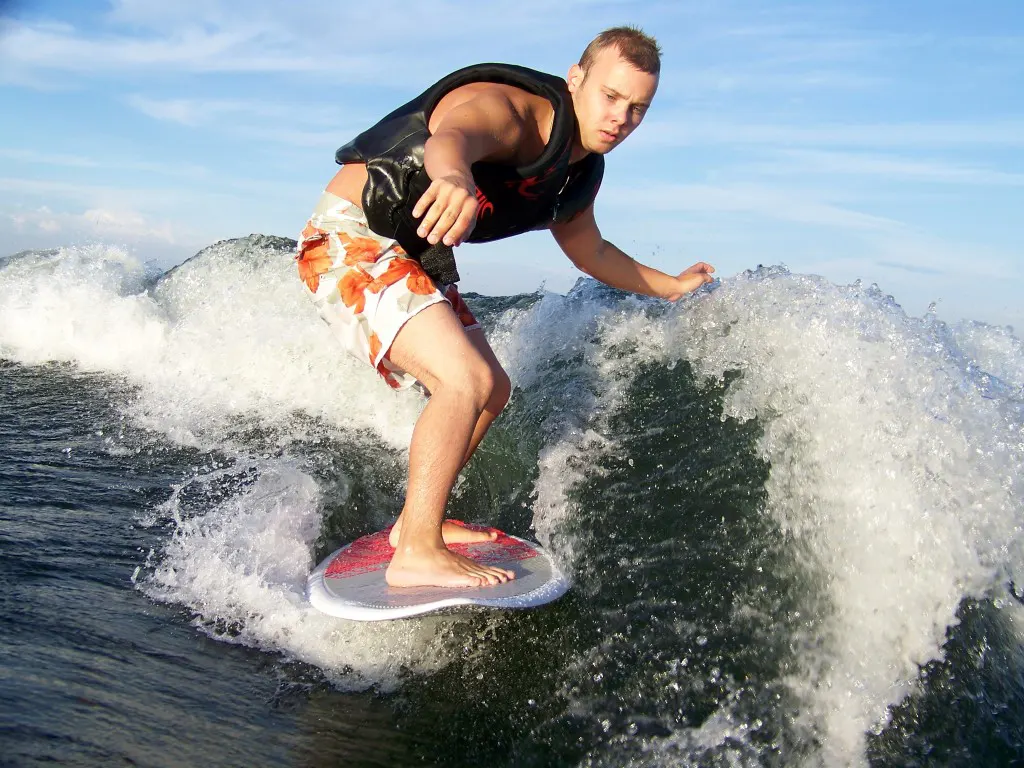
With different focus modes available on cameras, it can be challenging to determine which one works best for surf photography.
Don’t worry, here I’ll explain some different focus modes and offer tips on how to track fast-moving surfers with ease.
· The Different Focus Modes and Which Ones Work Best for Surf Photography
Most cameras offer different focus modes, such as single-point AF, continuous AF, and manual focus.
In surf photography, the best focus mode to use is usually continuous autofocus (AF-C) or servo mode.
This focus mode tracks moving subjects and adjusts the focus as the surfer moves closer or farther away from the camera.
In comparison;
- Single-point AF is useful for static or slow-moving subjects
- Manual focus requires more skill and experience to use effectively
After considering your shooting style, you can choose one of those focus modes to track fast-moving surfers. So, how do you do it?
· Tips on How to Track Fast-Moving Surfers with Different Focus Modes
If you want to track fast-moving surfers with different focus modes, then start by setting your camera to AF-C mode.
The following tips always give me the best results.
- Use the center focus point to track the surfer, keeping the surfer in the frame as they move.
- Half-press the shutter button to lock focus on the surfer and continue tracking them until you take the shot, to ensure sharp focus
- Consider using back-button focus to separate focus and shutter release functions
With practice, you’ll develop an intuitive sense of how to track fast-moving surfers with ease, resulting in stunning surf photography.
What Focal Length for Surf Photography?
With the right focal length, you can capture stunning images that truly showcase the beauty and power of the ocean.
So, I’ll guide you through the process of selecting the ideal focal length for different surf conditions and provide expert tips on how to use different focal lengths to create a diverse range of captivating surf shots.
· How to Choose the Right Focal Length for Different Surf Conditions
The focal length you choose can greatly affect the outcome of your surf photography.
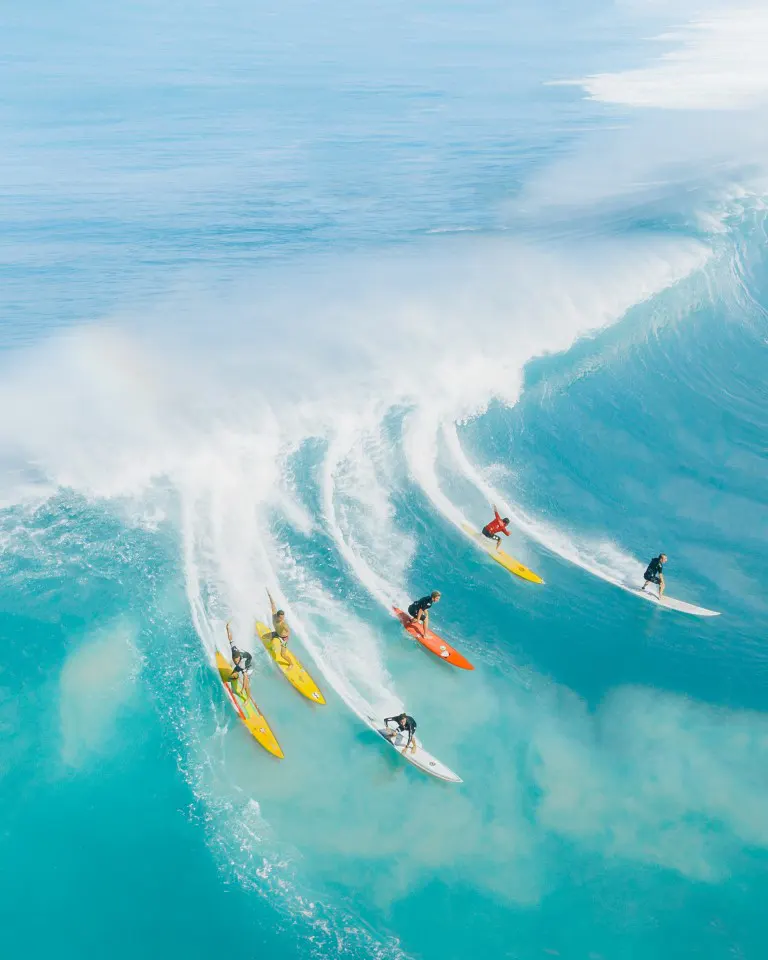
Shorter focal lengths such as 16-35mm are ideal for capturing wider shots of the entire surf scene.
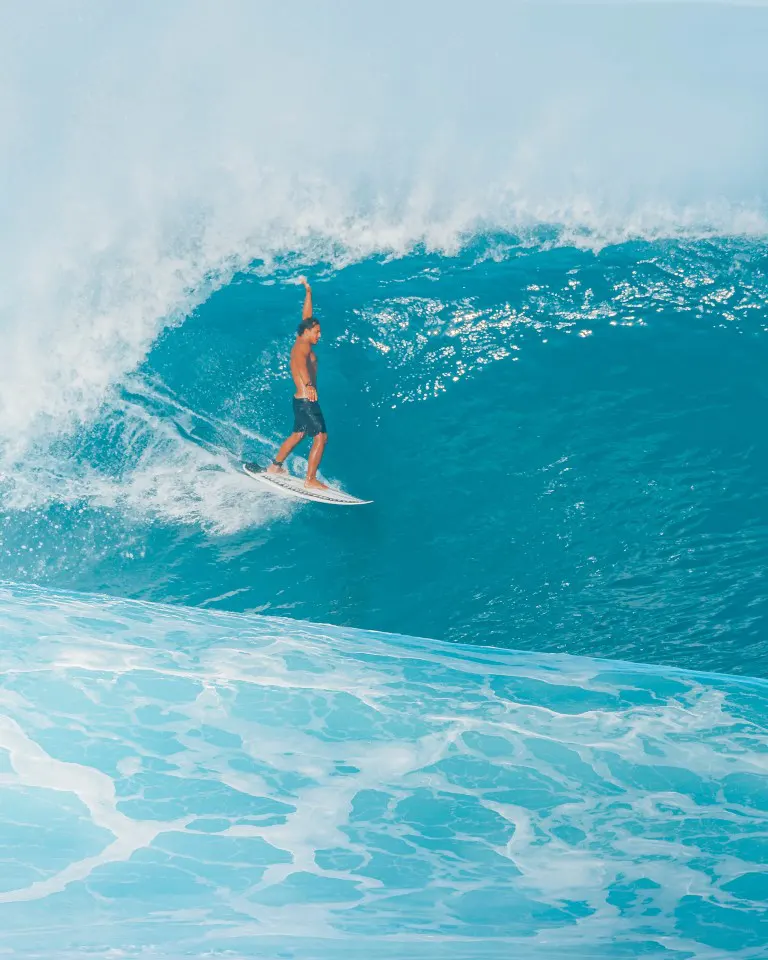
Longer focal lengths like 70-200mm can help you zoom in on individual surfers and capture more detailed shots.
Besides, different surf conditions may require different focal lengths.
For example;
- If the waves are small, you may want to use a wider focal length to capture the entire scene.
- Conversely, if the waves are large, a longer focal length may be necessary to get close-up shots of surfers.
· Use Different Focal Lengths to Capture Different Types of Surf Shots
Using different focal lengths can allow you to capture a variety of surf shots.
1. A wide-angle lens
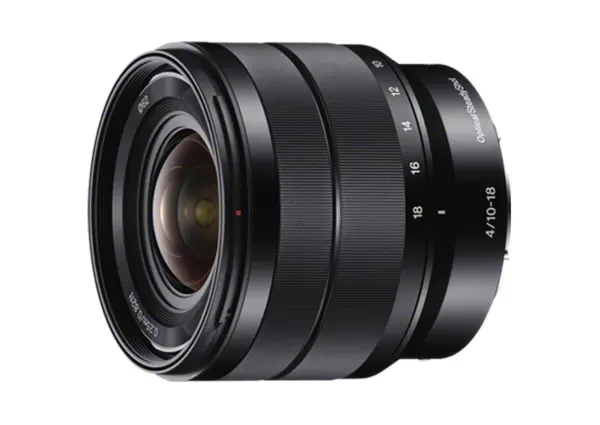
Source: electronics.sony.com
A wide-angle lens can help you capture the energy and scale of the surf scene. E 10–18 mm F4 OSS APS-C Ultra-wide Zoom Lens is one of the wide-angle lenses I have tried for surfing photography.
2. A longer telephoto lens
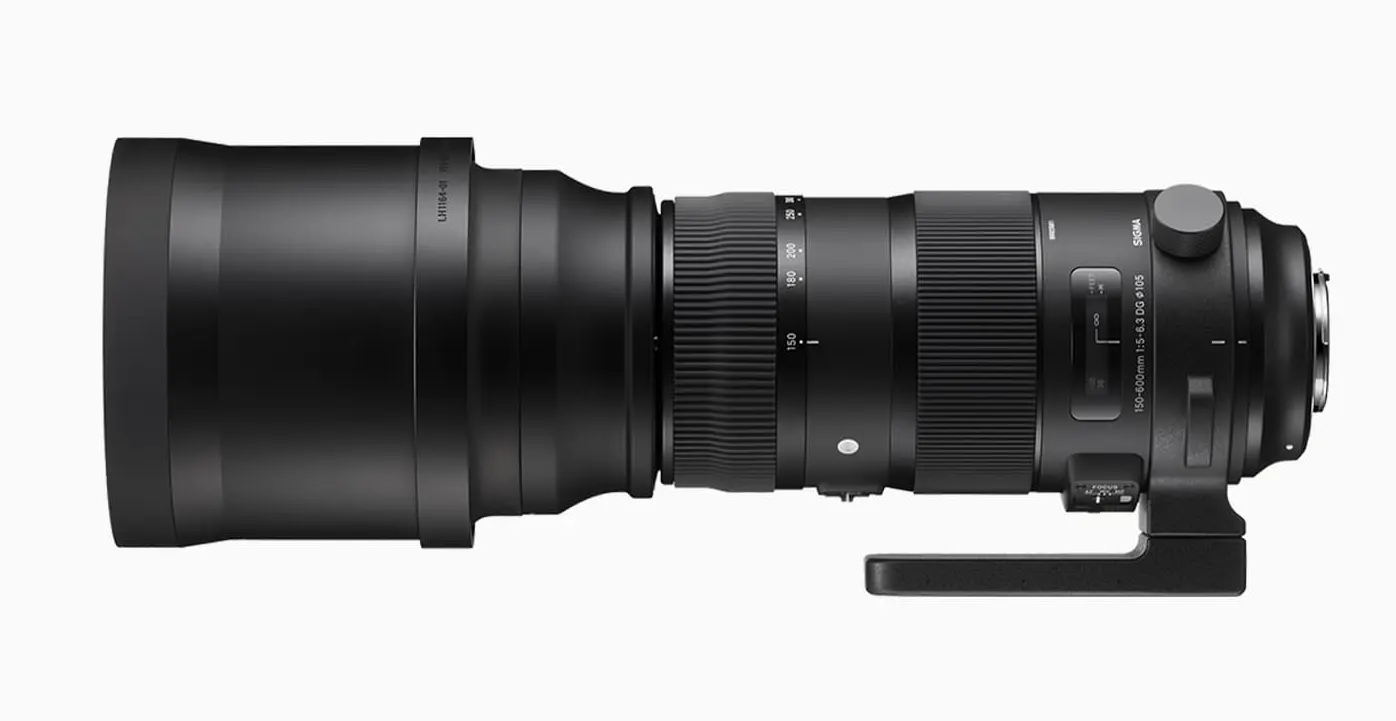
Source: sigma-global.com
A longer telephoto lens can enable you to get close-up shots of surfers in action
3. A mid-range zoom lens
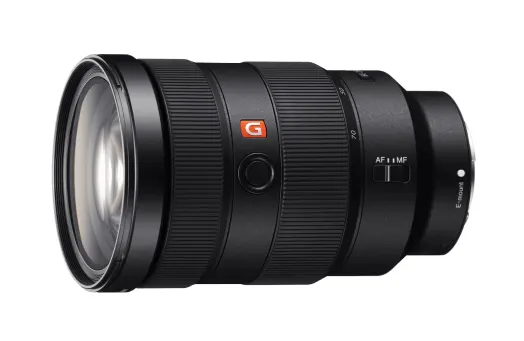
Source: electronics.sony.com
To capture barrel shots, you may want to use a mid-range zoom lens that allows you to zoom in and out as needed
4. A fisheye lens
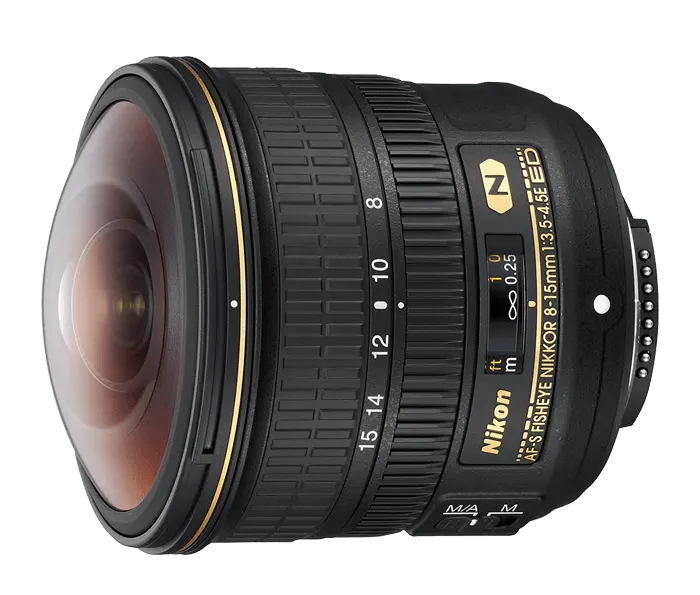
Source: nikonusa.com
A fisheye lens can create a unique perspective and add interest to your surf photography
Besides, remember to experiment with different focal lengths to discover which ones work best for your style of surf photography.
The article on the best lenses for surf photography from the beach will guide you in choosing lenses for this.
Shooting Surf Photography
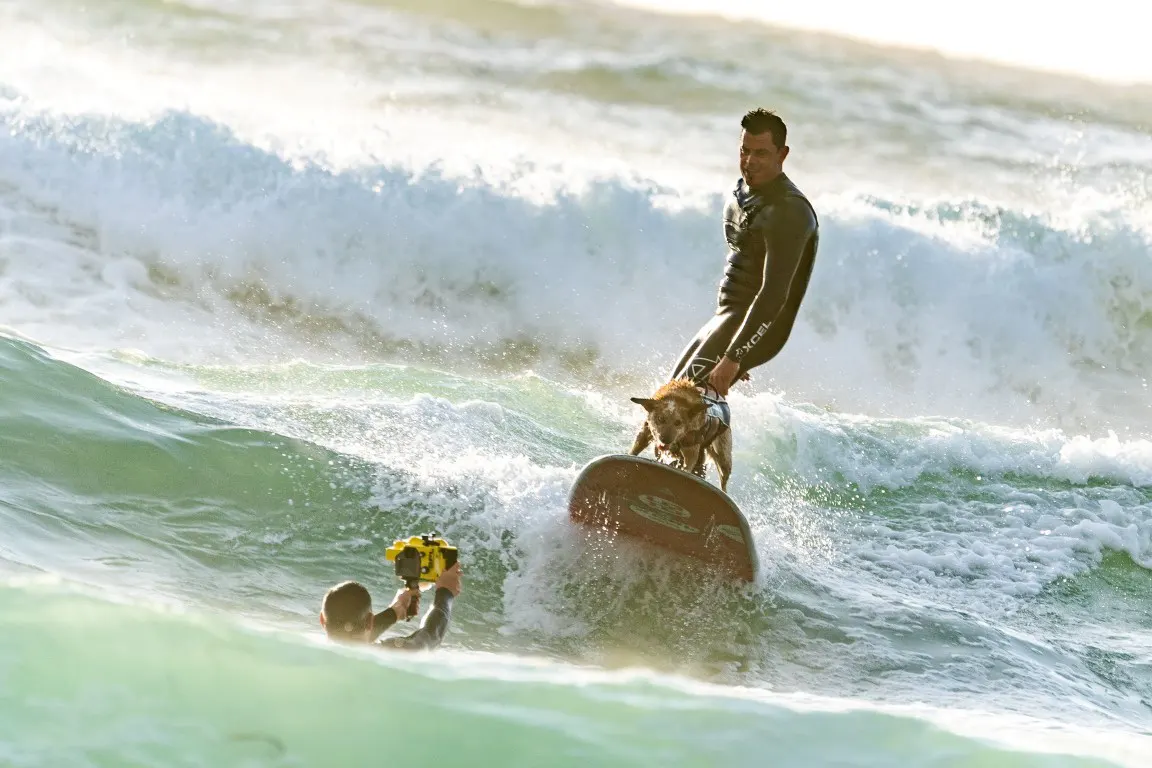
How do you shoot surf photography? All you need to know is how to position yourself for the best shots and anticipate the surfers’ movements.
Let me tell you some essential tips that will help you get awesome surf shots like a pro.
· Tips for Shooting Surf Photography
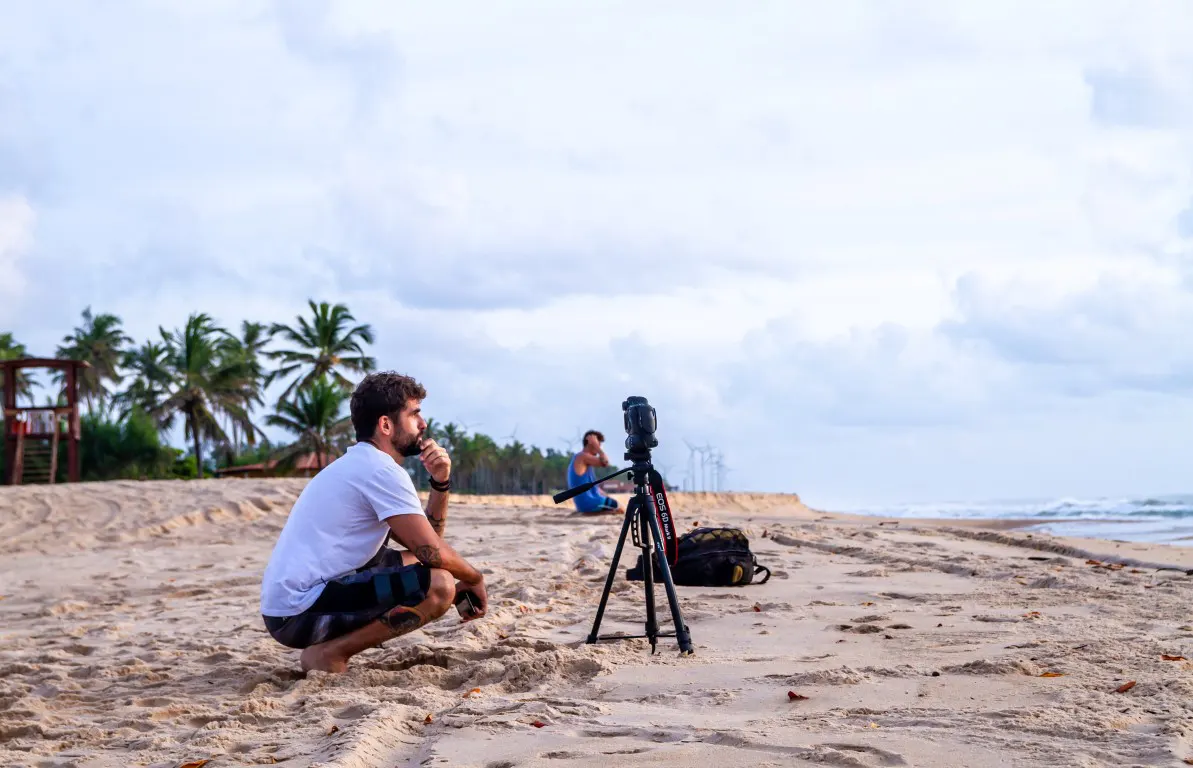
The following tips will explain the best ways to position yourself, how to predict the surfers’ movements, and how to use different techniques to compose your shots for maximum impact.
- Find a spot where the waves are breaking and position yourself so that you can capture the surfer’s ride
- Consider the lighting and background, so try to position yourself with the sun behind you and a clear, uncluttered background.
- Keep an eye on the surfer and try to predict where they will go next. This will help you to be ready for the shot and capture the surfer at the perfect moment
- Pay attention to the wave patterns and surf conditions to anticipate when the surfer will be in the best position for the shot.
· Composition Tips for Surf Photography
Composition is key when it comes to creating impactful and dramatic surf photos.
So, the following tips show the way how to compose shots for maximum impact, and how to use different techniques to add depth and story to your surf photos.
- Use the rule of thirds to create a balanced composition and draw the viewer’s eye to the surfer
- Experiment with different angles, such as shooting from a low or high perspective, to add interest and variety to your shots
- Incorporate the surrounding environment, such as the ocean waves or coastline, to add depth and context to your photos
- Play with light and shadows to create mood and drama in your images
- Try different framing techniques, such as using a wide-angle lens to capture the vastness of the ocean or zooming in on a surfer’s expression for an intimate shot
- Use leading lines, such as the shape of the wave, to guide the viewer’s eye through the image and towards the surfer.
By the way, I wrote an article on surfing photography. You can check it out for a complete guide on the basics of surf photography.
Conclusion
In conclusion, by following the camera settings and tips discussed in this guide, you can capture breathtaking surf photography.
Remember to experiment with different settings to find what works best for your style and the conditions you are shooting in.
Besides, you should have a good camera that is suitable for surfing photography. If you need some guidance on that, check out the article on the best surf photography cameras.
With the right focus mode, shutter speed, and focal length, as well as effective shooting and composition techniques, you can produce images that truly stand out.
So grab your camera and hit the waves to try out these tips for yourself and take your surf photography to the next level in your adventure photography world!
Justin Parker is a professional photographer and has been in the industry since 2007. He attended the University of Georgia. Justin combines his passion for photography and his interest in writing to give life to this blog which talks about photography in order to help and inspire young photographers.

